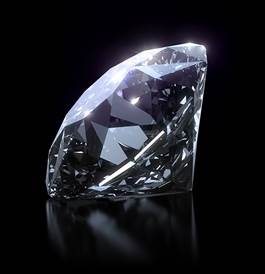Free Courses Sale ends Soon, Get It Now


Free Courses Sale ends Soon, Get It Now



Disclaimer: Copyright infringement not intended.
Context
Lab Grown Diamond
Lab Grown vs Natural Diamond
Composition and look
Price
Impact on the environment
Types of Lab-Grown Diamonds
HPHT lab grown diamonds
CVD diamonds
Lab-grown Diamonds and India
Government support
Wrapping Up
https://www.pib.gov.in/PressReleasePage.aspx?PRID=1872807
© 2024 iasgyan. All right reserved